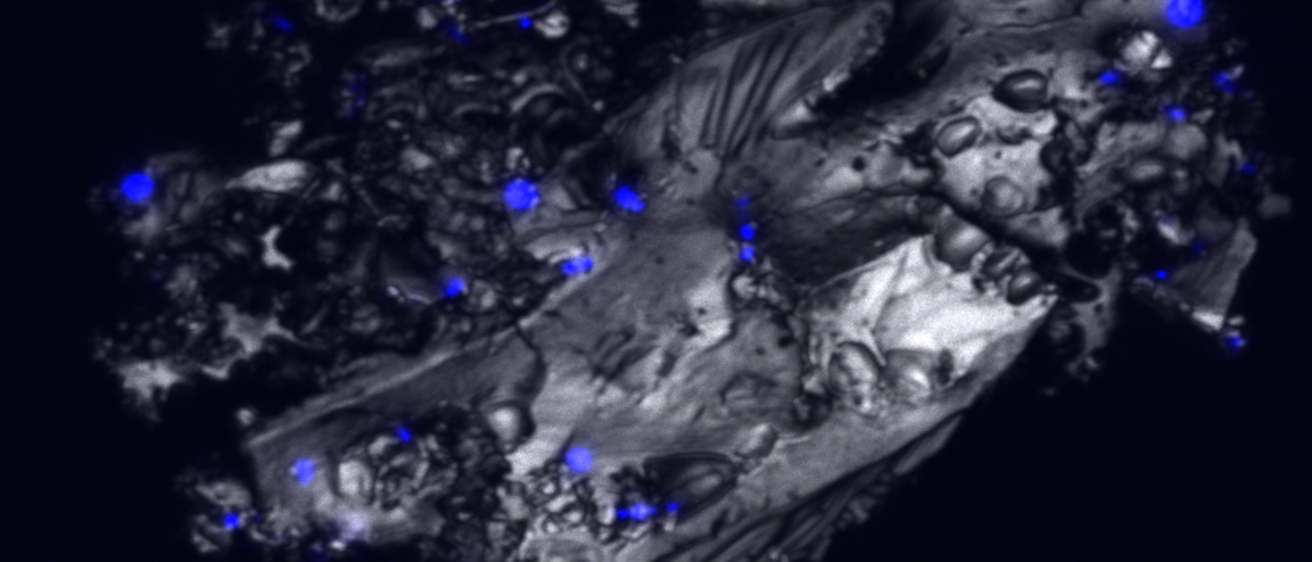Synthetic polymers which mimic black carbon materials can be created in the laboratory and applied to soil and water along with specialized bacteria to break down hazardous contaminants. The development of these “tunable materials” and determining their impact on bioremediation of halogenated groundwater pollutants is the focus of a five-year $1.467 million grant from the National Institute of Environmental and Health Sciences awarded to Tim Mattes, a professor of civil and environmental engineering at the University of Iowa and Wenqing Xu, associate professor of civil and environmental engineering at Villanova University. Mattes is also a faculty research engineer at IIHR--Hydroscience & Engineering.
“We are eager to develop these synthetic polymers and determine their impacts on anaerobic bioremediation processes,” said Mattes. “Our hope is that the polymers will stimulate microbial communities that react to and break down toxic chemicals in soil and water, and that we can obtain insights into the mechanisms that control these synergistic effects.”
The team will work towards enhancing the performance of organohalide-respiring bacteria (OHRB), which occur naturally in contaminated groundwater environments, by applying pyrogenic carbonaceous matter (PCM), which is synthetic. The project will seek to determine whether the addition of PCM can improve microbial reactions catalyzed by OHRB, which could involve attachment of OHRB to the PCM. This could spur development of novel black carbon materials, based on PCM, that would be applied to contaminated groundwater along with OHRB.
“Removing halogenated pollutants from soil and water will have a direct and positive impact on human health by decreasing exposure,” said Mattes. “Our goal is to determine which specific properties of the tunable synthetic materials, when combined with OHRB in soil and sediments, can more effectively drive down the concentration of these dangerous chemicals than black carbon materials or OHRB alone.”
For more information on the project, “Elucidating mechanisms for enhanced anaerobic bioremediation in the presence of carbonaceous materials using an integrated material science and molecular microbial ecology approach,” visit the NIEHS website.
